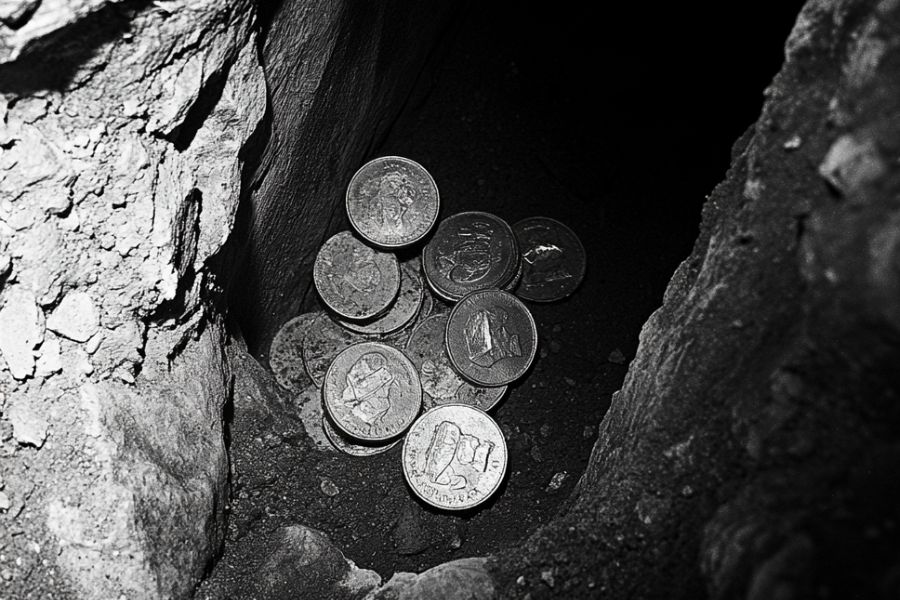Treasure stories have a way of sparking curiosity and adventure. Here in Louisiana, the tales get even more interesting with whispers of lost fortunes scattered across the state.
From sunken ships to buried gold, our rich history hides secrets that could still be waiting to be uncovered.
Digging into these legends is a chance to connect with the past and explore the landscapes we call home. Whether it’s in the bayous, small towns, or bustling cities, each story has a piece of Louisiana’s charm woven into it.
Some of these treasures are valued in the millions, hidden during tumultuous periods like wars or pirate expeditions.
With a little research and a lot of determination, treasure hunting can be a thrilling way to dive into local history.
Louisiana’s Hidden Treasures Waiting to Be Found
Here are some of the most fascinating and valuable treasures still waiting to be discovered:
Red River Steamboat Wrecks – $20,000,000+
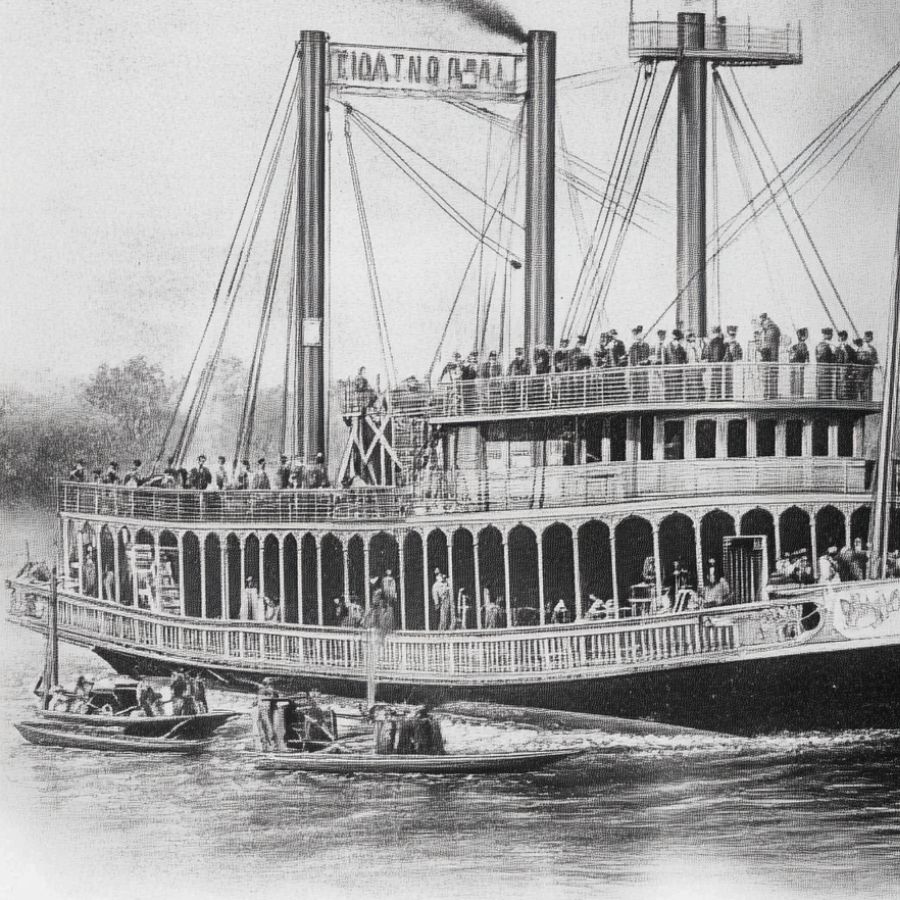
The Red River’s steamboat era peaked in the 1830s, with vessels like The Eclipse and The Orphan transporting settlers, furs, and gold to frontier towns.
Snags and boiler explosions sank dozens, including The Heroine in 1838, which carried payroll gold for Fort Towson soldiers. Its wreck, discovered in 1999, held bottles and tools—but no treasure.
Legends swirl around The Southerner, a luxury steamer lost in 1853 with wealthy passengers’ jewelry and a rumored shipment of French gold coins. Salvagers in the 1920s dynamited riverbanks, finding silverware but missing the main cargo.
Today, silt and shifting channels hide wrecks deeper than ever. A 2017 sonar scan revealed a ship near Shreveport, possibly The New Hope, but funding stalled recovery.
Divers face treacherous currents, while historians warn rust and rot could destroy relics within decades.
How much the treasure would be worth today
The river’s sunken cargo might exceed $30 million, including antiques and unrecovered gold.
Fort Jesup Gold – $10,000,000+
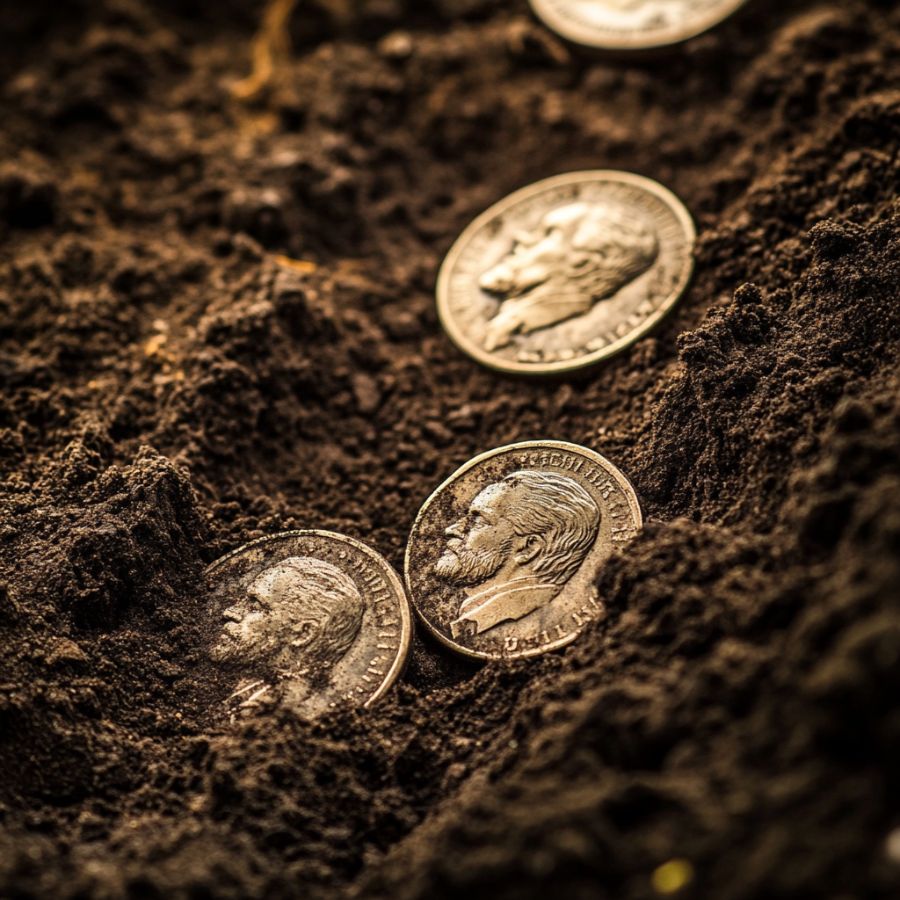
Soldiers at Fort Jesup, built in 1822 to guard the U.S.-Mexico border, buried gold coins to protect them from thieves or enemy raids. When the fort closed in 1846, the coins vanished—possibly hidden under barracks or in nearby woods.
Treasure hunters still comb the area near Many, Louisiana, but the soil keeps its secrets tight.
The fort’s commander, Zachary Taylor, later became a U.S. president. His troops monitored Texas during border disputes, but no one knows who buried the gold. Some think soldiers stole it during the Mexican-American War, while locals share tales of shadows guarding the site at night.
A few coins have turned up near old trading posts, where soldiers once swapped tools and furs. But the main stash, maybe thousands of coins, has never been found. Hunters dig near the fort’s ruins, hoping to spot a glint of gold under the moss.
How much the treasure would be worth today
Considering the high value of gold and historical artifacts, the treasure could be worth between $5 million and $10 million today.
Caddo Indian Treasure – $15,000,000+
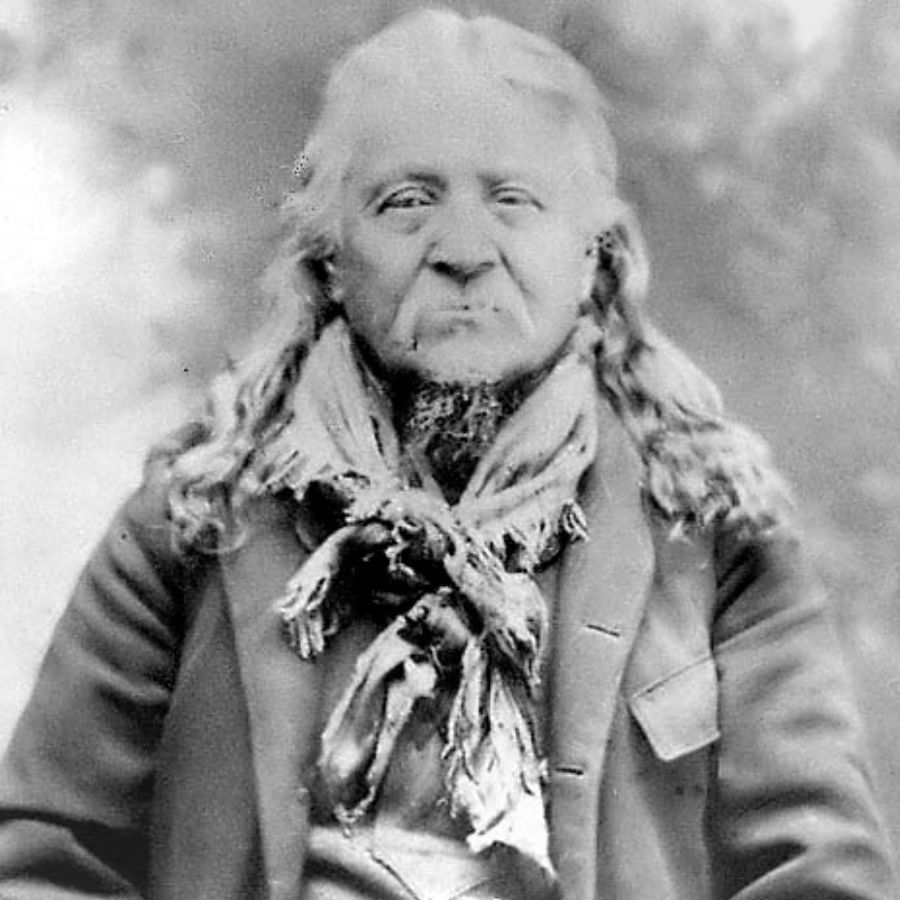
The Caddo Indians were a Native American tribe known for their rich culture and advanced craftsmanship. They lived in the southern United States, including present-day Texas, Louisiana, and Arkansas.
It’s rumoured that the tribe buried sacred items and gold near Caddo Lake to protect them from colonizers. Legends say ghostly “Lost Elves” guard the loot, and a horned ogre named Caddaja curses anyone who disturbs it. Spanish explorers searched for the treasure but left empty-handed.
The tribe hid their wealth in caves or underwater, using the lake’s maze of cypress trees as cover. Ritual items like carved pipes and ceremonial masks might lie with gold bars, untouched for centuries.
How much the treasure would be worth today
The items of the treasure could sell for millions due to their rarity and connection to Caddo history, potentially bringing the total value to $15 million or more.
Fort Livingston Shipwrecks – $40,000,000+
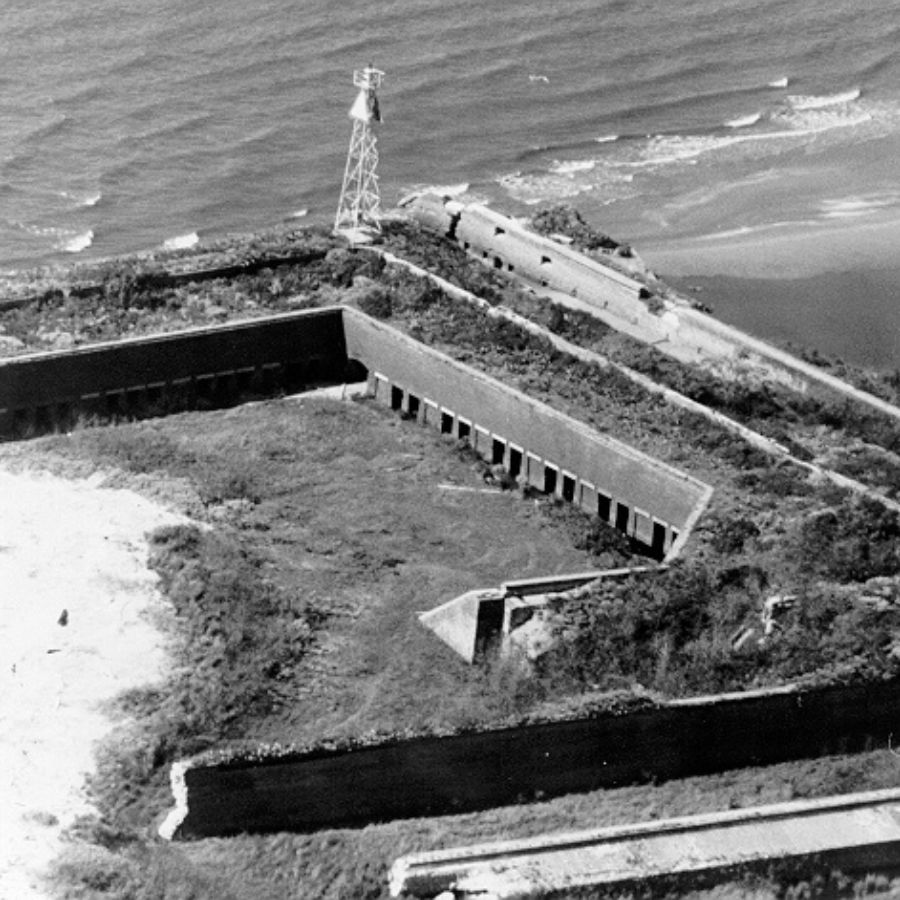
Fort Livingston, located on Grand Terre Island in Louisiana, is tied to tales of shipwrecks and lost treasures. The area’s dangerous waters and shifting sands were notorious for causing ships to sink during the 19th century.
Many believe that these wrecks included vessels carrying precious cargo, some of which remain undiscovered near the fort’s ruins.
The shipwrecks hold gold coins, silver ingots, and precious goods such as fine textiles and exotic spices. Merchants and traders, fleeing storms or pursued by rivals, may have deliberately hidden their treasures aboard or offloaded them near the fort to recover later.
Stories suggest that some ship captains were forced to abandon their cargo during pirate raids or naval conflicts.
The treasure is rumored to rest beneath the waters near Grand Terre Island or hidden along its shores. The island’s shifting coastline and frequent hurricanes make the exact locations of the wrecks difficult to pinpoint.
How much the treasure would be worth today
Altogether, Fort Livingston Shipwrecks treasures could represent a fortune estimated at $40 million or more.
Jean Lafitte’s Pirate Treasure – $30,000,000+
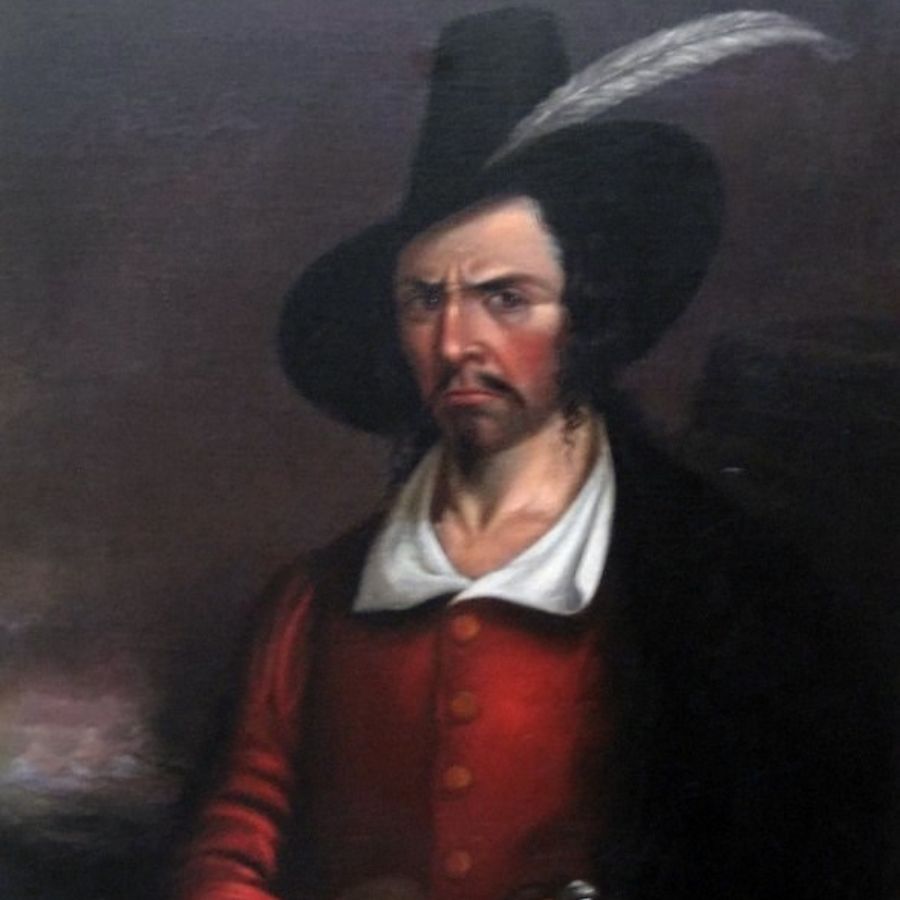
Jean Lafitte, the infamous 19th-century pirate, turned the Gulf Coast into his playground, smuggling goods and plundering Spanish ships loaded with gold and silver.
After aiding General Andrew Jackson in the Battle of New Orleans, Lafitte’s crew vanished, leaving rumors of treasure buried in Louisiana’s bayous or beneath Galveston’s “Maison Rouge,” his blood-red mansion.
Treasure hunters have chased clues like Lafitte’s cryptic journal entries, which hint at oak trees marked with skulls or caches guarded by traps.
In the 1920s, a storm unearthed Spanish coins near Contraband Bayou, sparking frenzied digs, but the motherlode stayed hidden. Some believe his loot sank with ships like The Pride, wrecked in a hurricane, while others claim it’s sealed in Texas caves.
The treasure’s mystique grew when a 1960s diver found a cannonball-riddled shipwreck near Grand Isle, its hull empty.
How much the treasure would be worth today
Lafitte’s treasure could surpass $50 million today, factoring in rare coins and historical artifacts.
Oak Alley Plantation Treasure – $10,000,000+
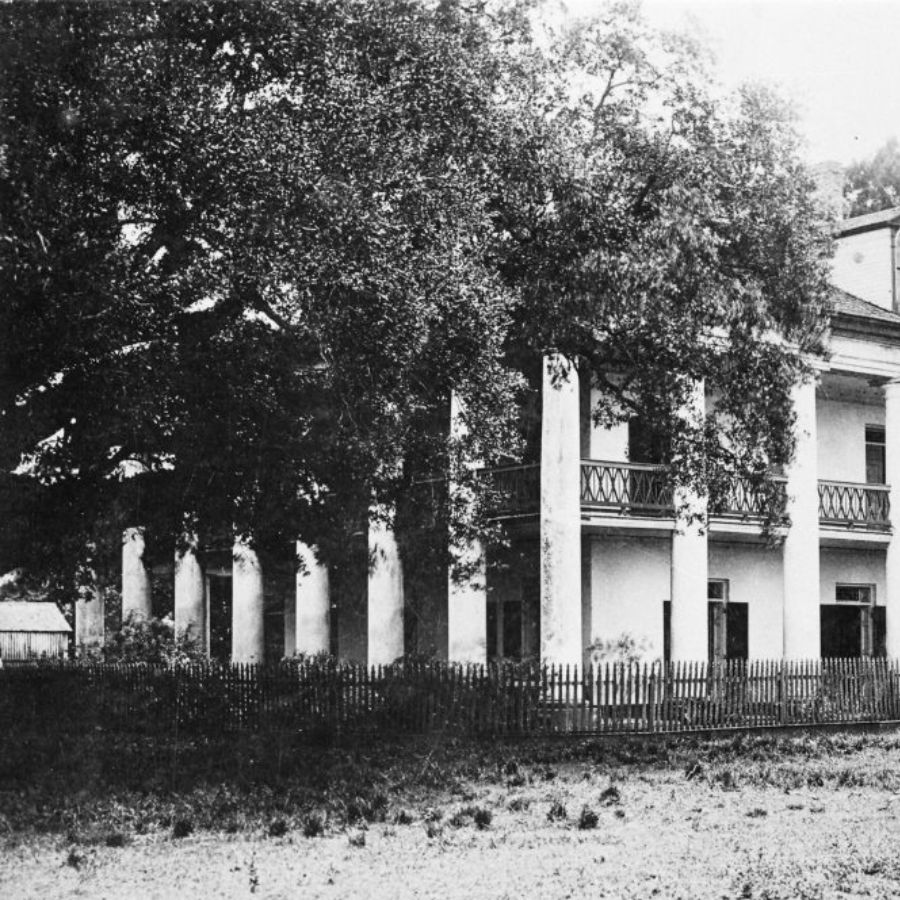
Oak Alley Plantation, located along the Mississippi River in Louisiana, is steeped in history and mystery, including stories of hidden treasure. The plantation, famous for its beautiful oak-lined path, was established in the 1800s and was a thriving center of sugarcane production.
Legends say that during the Civil War, valuables were buried on the grounds to keep them safe from Union soldiers.
The treasure reportedly contains gold coins, silverware, fine jewelry, and other valuables once owned by the plantation’s wealthy residents. Specific names associated with the plantation, such as the Roman family, add credibility to these tales.
Possible locations of the treasure include areas near the majestic oaks, within the plantation’s gardens, or even beneath old structures.
How much the treasure would be worth today
The Oak Alley Plantation treasure could be worth $10 million or more in today’s market.
The Treasure of Bayou Teche – $3,000,000+
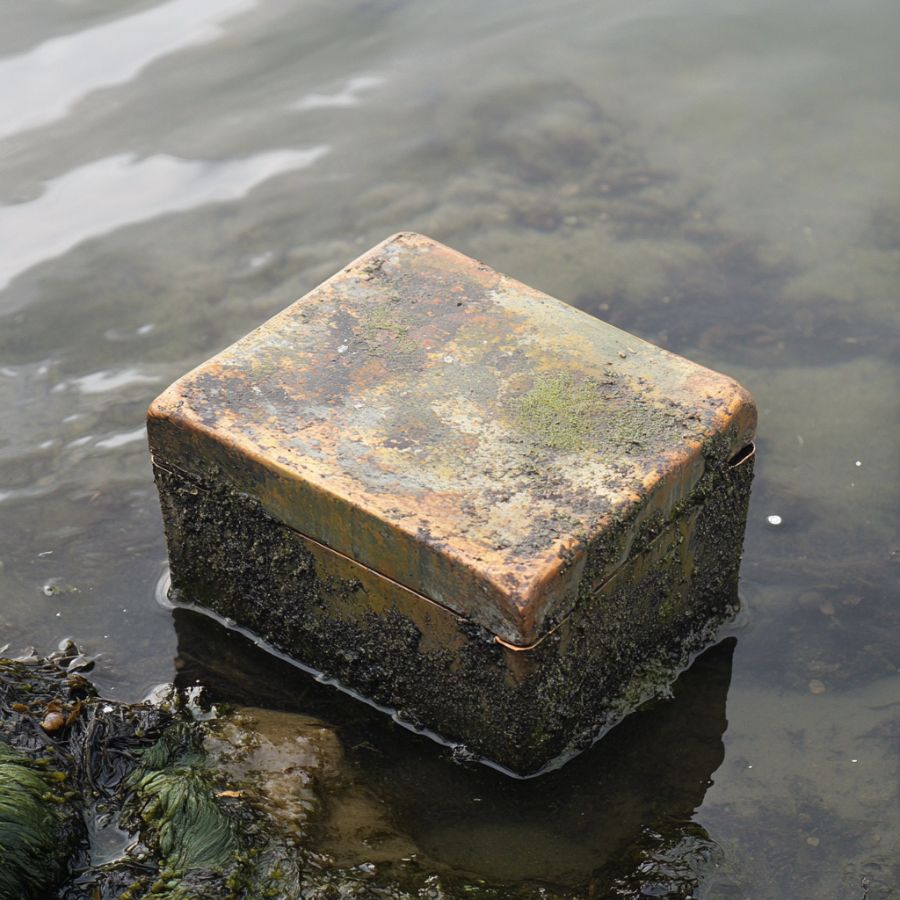
Bayou Teche winds through Louisiana, its serene waters weaving through dense greenery. The name “Teche” comes from a Chitimacha legend about a massive snake whose death shaped the bayou. Centuries later, the bayou became a lifeline for trade and a place steeped in mystery.
One enduring legend tells of a French settler in the early 1700s who brought an immense fortune to Louisiana. He fled to escape the turmoil in Europe, hiding his wealth along Bayou Teche.
Some believe the Frenchman encoded the location in a series of cryptic letters that were never fully deciphered. Over time, the treasure’s location faded from memory, leaving only whispers of its existence.
The bayou’s natural beauty hides its secrets well. Locals often tell tales of strange discoveries, like old coins or ornate boxes, fueling rumors that the treasure may be closer than anyone imagines.
How much the treasure would be worth today
The treasure’s worth is estimated at over $3 million, reflecting its historical and monetary value.
Old Spanish Trail Treasure – $2,000,000+
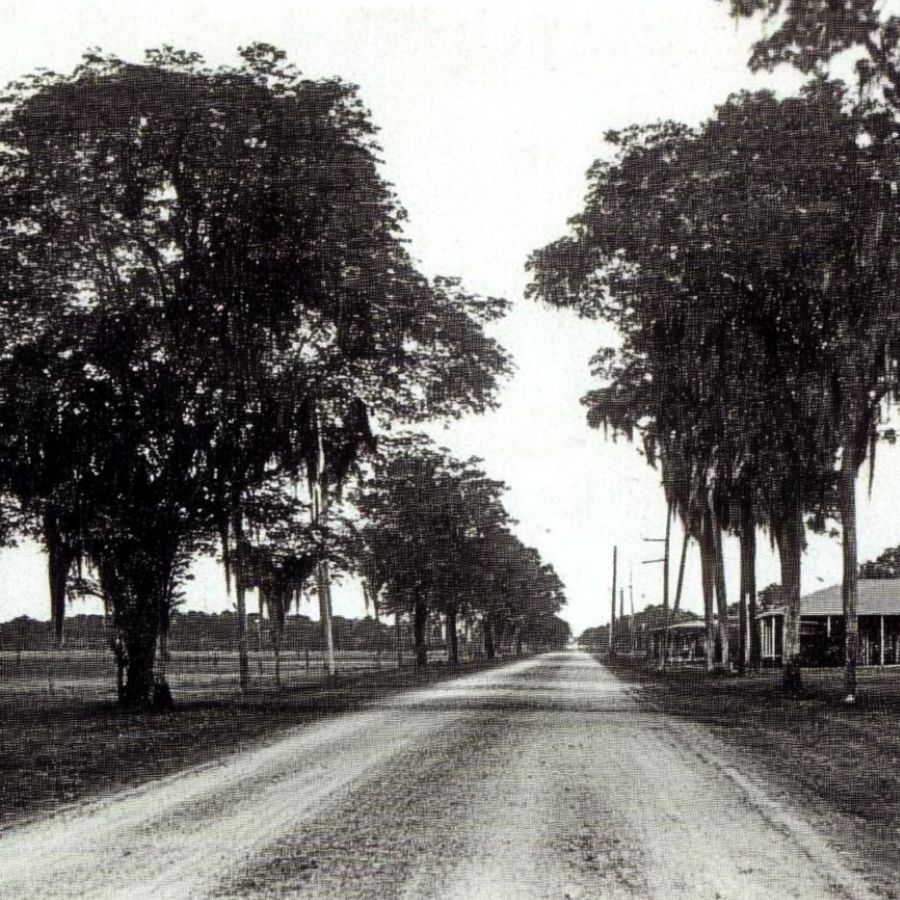
The Old Spanish Trail is a gateway to countless legends. Winding through Louisiana, it was once a vital link for Spanish expeditions. These expeditions were not just about exploration; they often involved transporting riches from the Americas to Spain.
A peculiar story centers on a Spanish caravan traveling this trail in the 1700s. After a sudden ambush, the group reportedly buried their gold and jewels in a secluded glade to keep it safe.
Over the centuries, this tale has grown richer. Some believe the markers, the carven used, still exist, hidden in the wilderness, waiting for someone with the wit to decode their meaning.
How much the treasure would be worth today
This hidden cache could be valued at approximately $2 million due to its mix of gold and historical artifacts.
Lake Pontchartrain Loot – $4,000,000+
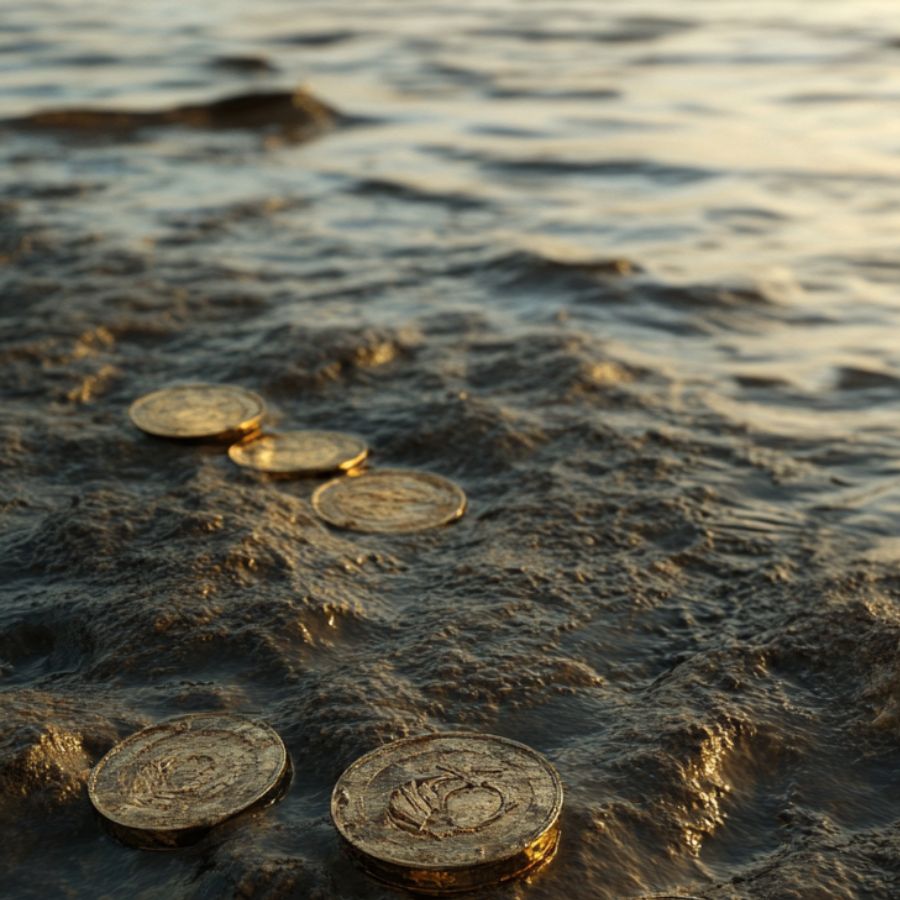
Lake Pontchartrain, sprawling and serene, is a Louisiana icon. Yet beneath its calm waters lies a history of intrigue. In the early 1800s, the lake served as a key point for smugglers and traders. Among these were whispers of a daring pirate crew that operated along its shores.
According to lore, this crew orchestrated a heist so massive it left them no choice but to split the spoils. The treasure, which includes gold coins, silver ingots, and rare gemstones, was divided into portions and concealed at various locations along the lake.
The crew intended to return after the heat had subsided, but betrayal struck. A mutiny ended in bloodshed, and the precise locations were lost.
How much the treasure would be worth today
The Lake Pontchartrain loot is estimated to be worth $4 million.
Baton Rouge Plantation Wealth – $1,000,000+
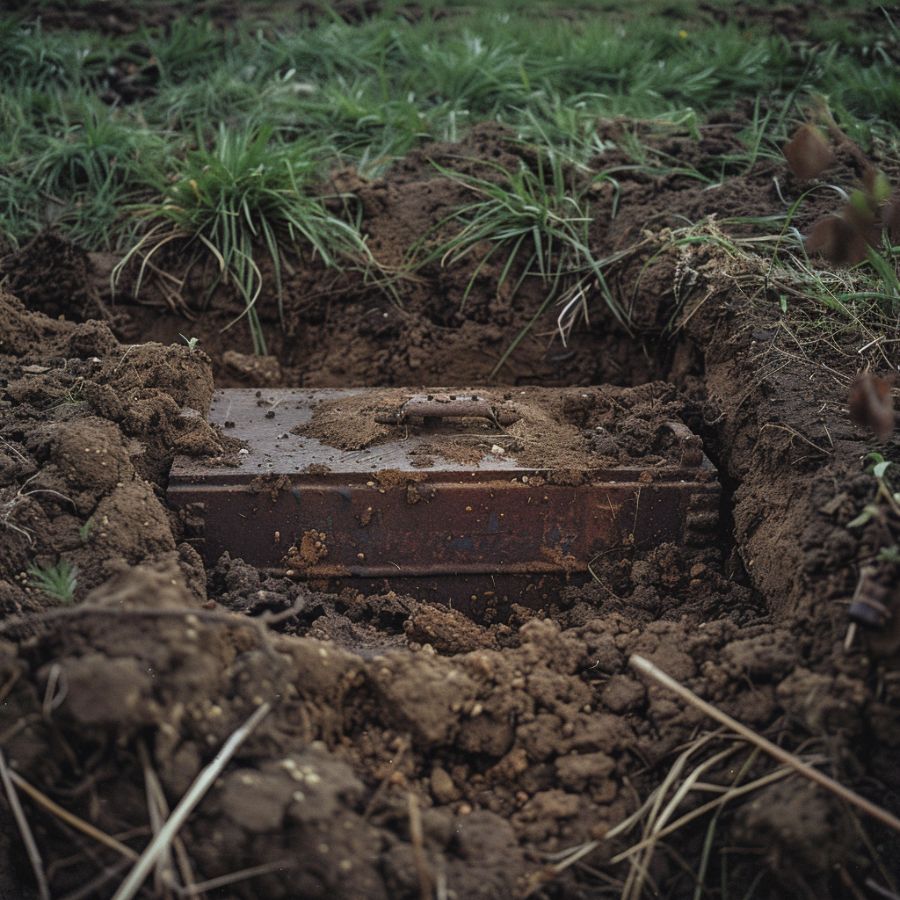
During the Civil War, Baton Rouge’s grand plantations stood as symbols of prosperity. But the war brought uncertainty, and families feared losing their wealth. One story tells of a plantation owner with a knack for secrecy who decided to take drastic measures.
This owner, known only as “Monsieur Devereaux,” reportedly buried his family’s fortune, gold bars, silver goblets, and antique heirlooms, in a hidden vault beneath the estate’s magnolia grove.
To protect the secret, Devereaux created a false family legend about the land being haunted, scaring away potential intruders.
As the war ended, Devereaux’s family fled, leaving the plantation abandoned. Descendants later attempted to locate the vault using vague diary entries, but their efforts led to nothing but confusion.
How much the treasure would be worth today
The plantation’s wealth could be valued at over $1 million, especially considering the antique heirlooms’ rarity.
Lost Treasure of the Comite River – $750,000+

The Comite River, flowing through East Baton Rouge Parish, carries whispers of Spanish explorers who ventured into its depths. One group reportedly stumbled upon a small deposit of gold while prospecting near the river. Instead of reporting their find, they chose to keep it a secret.
The explorers melted the gold into crude ingots and buried them in the soft riverbank soil, intending to retrieve them after their mission. However, they were never seen again, and their golden discovery became a part of Louisiana’s lore.
Locals occasionally find small nuggets washed ashore after heavy rains, rekindling interest in the lost cache.
How much the treasure would be worth today
The gold is estimated to be worth $750,000, based on its size and purity.
Fort St. Philip’s Gold – $3, 000,000+
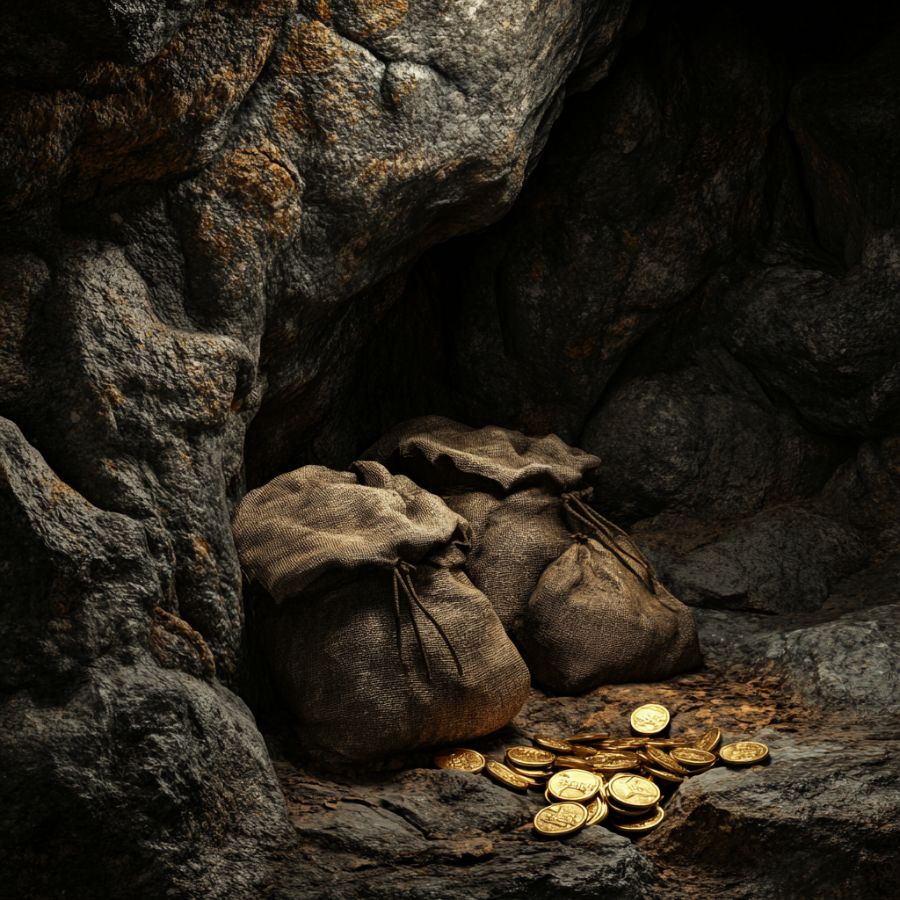
Fort St. Philip, an imposing structure along the Mississippi River, played a vital role in the War of 1812. In the tense weeks before the Battle of New Orleans, soldiers stationed there received shipments of gold intended to pay troops and procure supplies.
However, as British forces closed in on the fort, commanders made a drastic decision. To prevent the gold from falling into enemy hands, it was hidden within the fort’s sprawling grounds.
The soldiers used an unmarked section of the fort’s underground storage rooms to conceal the treasure. Some accounts suggest they also buried smaller amounts in barrels near the riverbanks, camouflaging them with native vegetation.
Even today, rumors persist about certain rooms in the fort being sealed or unreachable due to structural collapses, leaving open the possibility that the gold remains untouched.
How much the treasure would be worth today
This cache of gold would hold an estimated value of $3.5 million, adjusted for inflation and rarity.
The Smugglers’ Caves of Barataria Bay – $4,000,000+

Barataria Bay’s natural caves served as secret hideouts for a group of smugglers operating in the early 1800s. This group, led by the infamous Lafitte’s brother Pierre Lafitte, ran a vast network dealing in stolen goods and currency.
At the peak of their operations, Pierre’s men intercepted a shipment of rare Spanish doubloons and precious jewels bound for Havana. To avoid detection, they distributed their loot among hidden caves along the bay’s many inlets.
One particularly detailed account points to a specific cave that Pierre himself used for meetings. The entrance, obscured by mangroves, led to a narrow tunnel where crates of gold coins were placed on ledges carved into the limestone walls.
Another section of the cave contains ornate silver goblets and emerald-encrusted trinkets taken during a raid on a merchant ship.
How much the treasure would be worth today
The combined value of the doubloons, jewels, and artifacts is estimated at $4 million.
Chitimacha Burial Artifacts – $2,000,000+
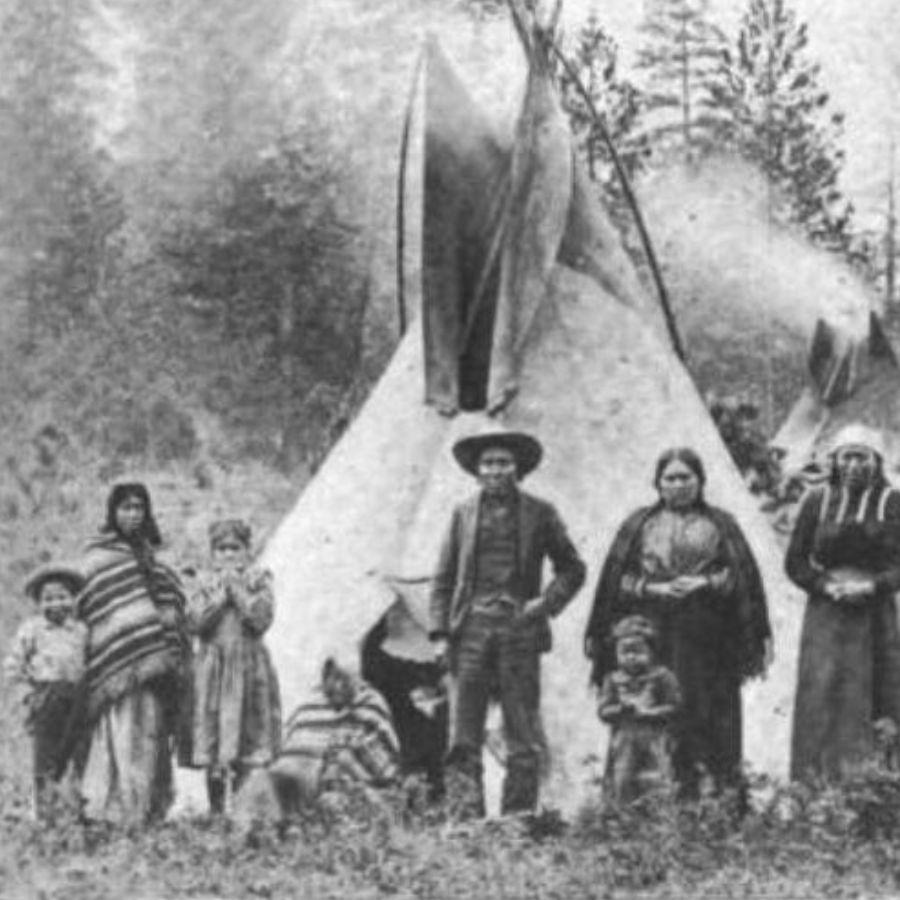
The Chitimacha people of Louisiana are known for their intricate craftsmanship and spiritual traditions. Among these traditions was the burial of tribal leaders with ceremonial objects, many of which were made from rare materials like copper, quartz, and polished obsidian.
One specific burial site, considered to hold significant artifacts, is linked to Chief Anaka, a leader who united several tribal factions in the early 1700s.
Historical records from explorers describe Anaka’s burial mound as adorned with intricately woven mats and lined with ceremonial items. These included engraved copper discs, necklaces crafted from Gulf pearls, and stone effigies representing animals significant to Chitimacha mythology.
The burial mound was reportedly sealed with large sandstone slabs, placed to protect the sacred items within.
How much the treasure would be worth today
The ceremonial artifacts could be valued at over $2 million, considering their rarity and cultural importance.

